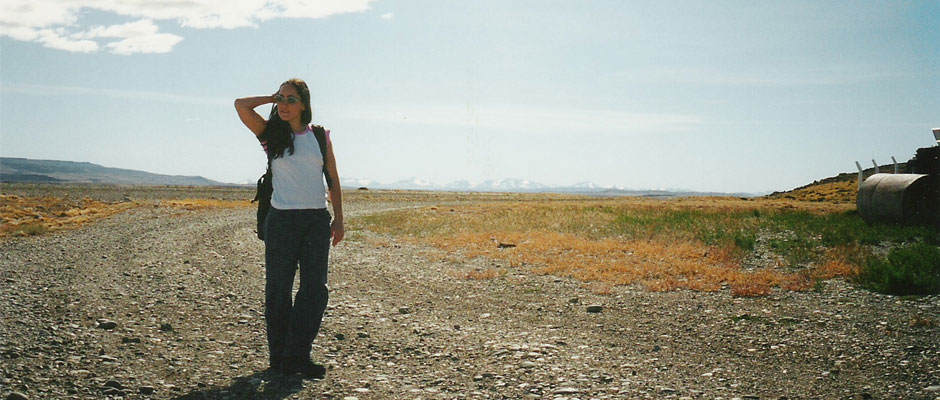Argentina is a country that won´t get you bored easily. The country covers a large part of the south of South America and is full of surprises, like the breathtaking hikes in Patagonia, the waterfalls in Iguazú and the vineyards in Mendoza. In this section you will find our tips and basic information about traveling in Argentina, the biggest Spanish speaking country in the world. Use the menu to the left to learn more about Argentina, from its natural wonders and world heritage sites to its vibrant cities.
Geography
Argentina forms the eastern half of South America’s long, tapering tail and is the eighth largest country in the world. To the west, Argentina borders Chile (separated by the Andes mountain range). Uruguay, Paraguay, Brazil and Bolivia share borders with Argentina to the north and east (separated by rivers). Argentina shares the offshore island territory of Tierra del Fuego with Chile, and continues to dispute the ownership of the Islas Malvinas (the Falklands). The country has 23 provinces and can be divided into four geographical areas:
- The Andes mountain range in the west, close to Chile. Here you will find the highest peaks of the continent.
- The north, the area around el Chaco and Mesopotamia is a subtropical region with rainforest and waterfalls.
- The pampas in the east and centre of the country that mainly consist of grassland with livestock and agriculture. Capital Buenos Aires is located in the north of the pampas.
- Patagonia, the most southern region that has a vast area of steppe and desert, but also primeval forest, lakes, mountains and snow.
Culture
Argentina’s rich culture has been greatly affected by the immigrant population, coming mostly from Europe in the late 19th and early 20th centuries. Their influence contributed to the demise of native cultures and as a result of this there is no dominant indigenous population. Buenos Aires is a big melting pot of many cultures and has been receiving immigration from other Latin American countries as well, mainly from Peru, Bolivia and Paraguay. Today, the principal remaining indigenous peoples are the Quechua of the northwest, and the Mapuche in Patagonia. Other marginal groups include the Matacos and Tobas in the Chaco and some northeastern cities.
Climate
Argentina’s climate ranges from subtropical in the north to humid and steamy in the centre, and cold in the south. The country’s great variety and large territory can make a visit possible in any season. Buenos Aires’ urban attractions transcend the seasons, but Patagonian destinations, such as the Moreno Glacier in Santa Cruz, are best to visit in the summer months (December to February). The Iguazú Falls in the subtropical Misiones province are the best in the southern hemisphere’s winter or spring when heat and humidity are less oppressive. The winter months (mid-June to late September) also offer the opportunity to go skiing.














